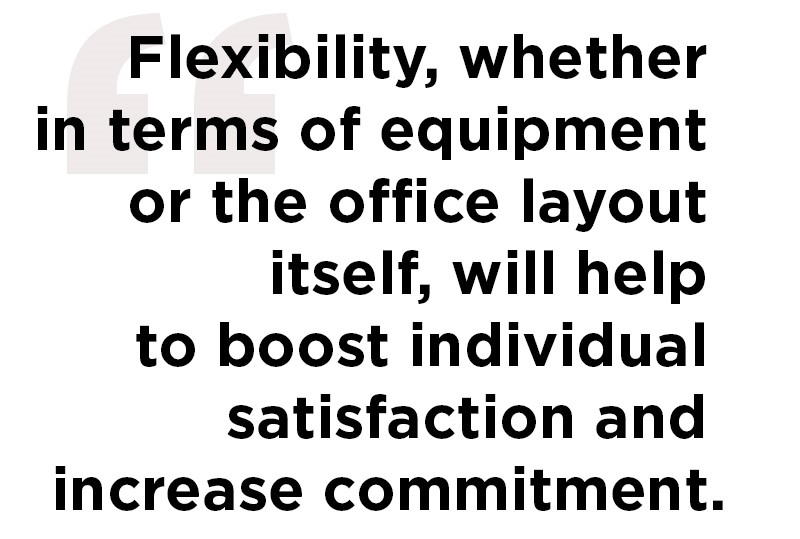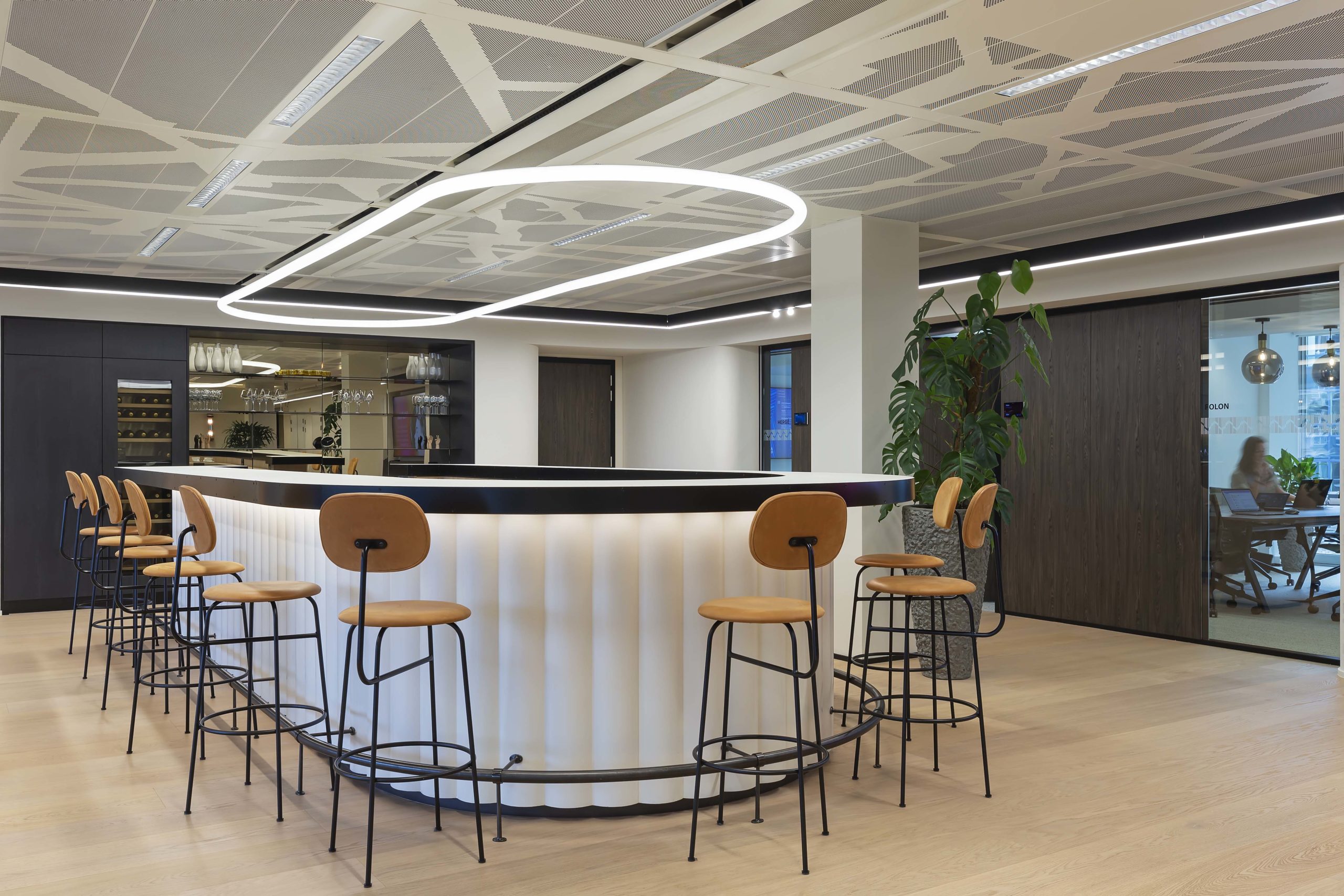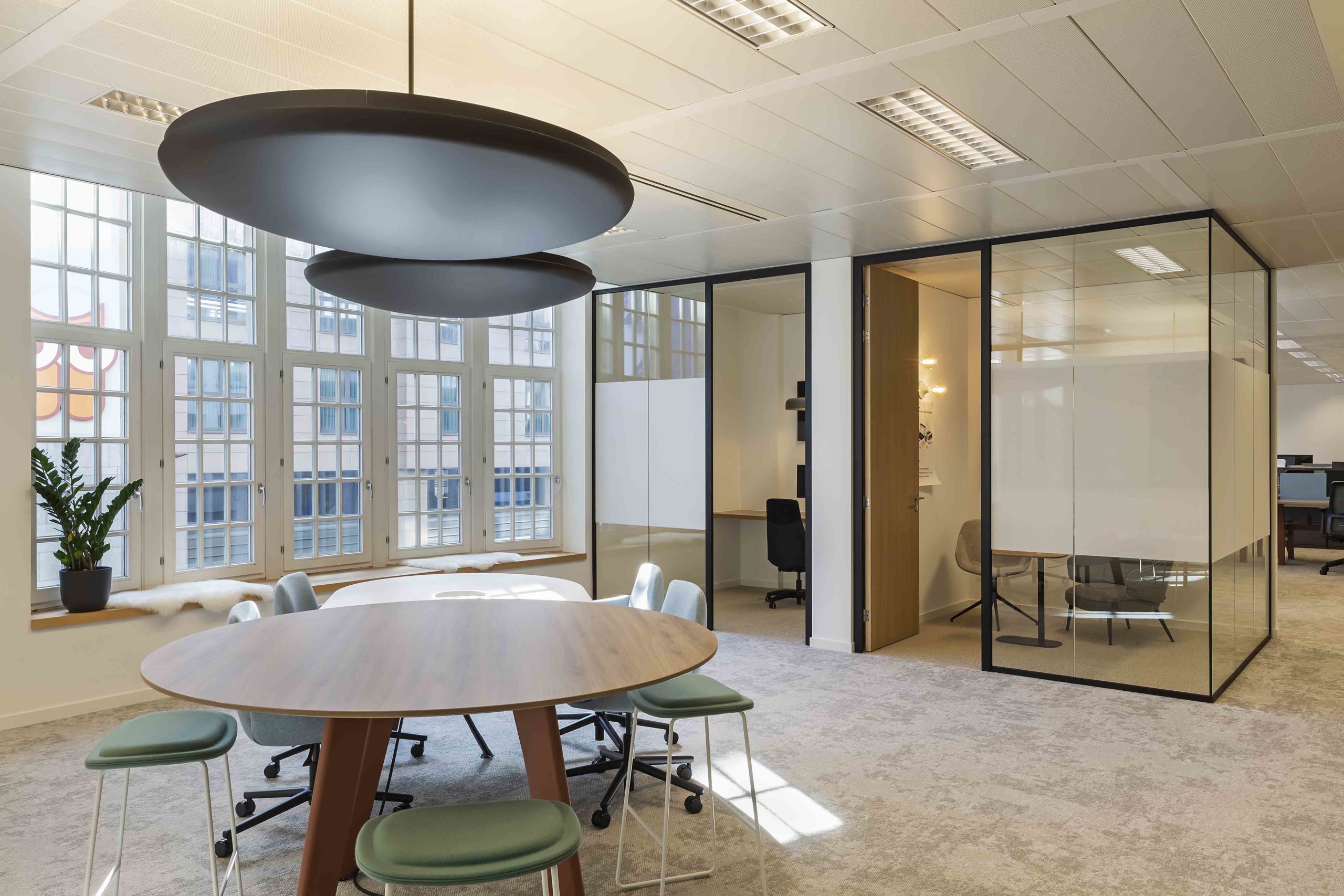Covid-19 brought in its wake a profound change in the way people work, one factor being a major shift in the balance between time spent in the office and time working from another location, either at home, in a co-working space or in a café.
Flexibility has become an integral part of our working life and should now be considered as a differentiating factor in attracting and retaining a workforce that is increasingly concerned about freedom, achieving a better balance between work and home life, and that is increasingly demanding about physical and mental well-being and health.
The pendulum effect created by the lockdown that forced people to work 100% from home, swung so far that some employers felt forced to authorize lifelong teleworking in certain companies, it is now swinging back to a new balanced situation. The vast majority of employers (including those who have offered lifelong teleworking) consider that working in the office is of vital importance in promoting social relations, reinforcing a sense of belonging and boosting creativity. Employees share this point of view and want to return to the workplace for the very same reasons. The younger generations also refer to disproportion in the time spent working at home compared to in the workplace, as well as difficulties concentrating and learning new material. Furthermore, 26% of Gen Z report inadequate home workspace while 30% of Millenials/Gen X report caregiver responsibilities as top challenges working from home. New and younger employees apparently lack supervision.

Fig. : Top challenges working from home by generation
Flexibility has become one of the determining factors for the future of office work resulting in a multiplicity of locations, spaces and uses. Although the impact on office landscapes is real, with an anticipated reduction in the need for office space over the next few years and a possible repositioning of companies in Belgium to attract a new workforce, workspaces themselves will also have to be reinvented in order to meet the expectations and new needs of employees and employers.

Fig. : A variety of locations and experiences to support convenience, functionality and well-being
The working environment, that is a combination of the different elements that make up the interior layout, plays an essential role in the well-being of employees and can have a significant impact on their physical and mental health.
Using simpler and more intuitive spaces, ensuring the adaptability of workspaces, new dimensions for more accessible uses, are becoming the norm in order to guarantee a working environment that is suitable for one and all. A more universal framework that is less stigmatizing and takes into account the different degrees of required autonomy or life experience, whether cultural or personal, that corresponds to a wider spectrum of individual personalities and comfort for all.
The future of the workspace








